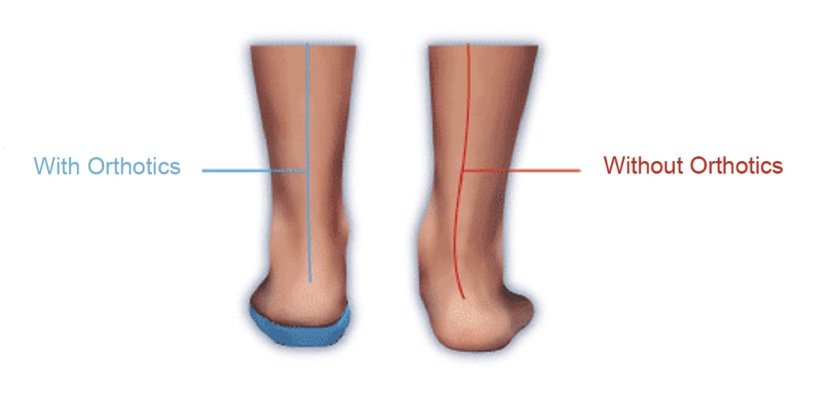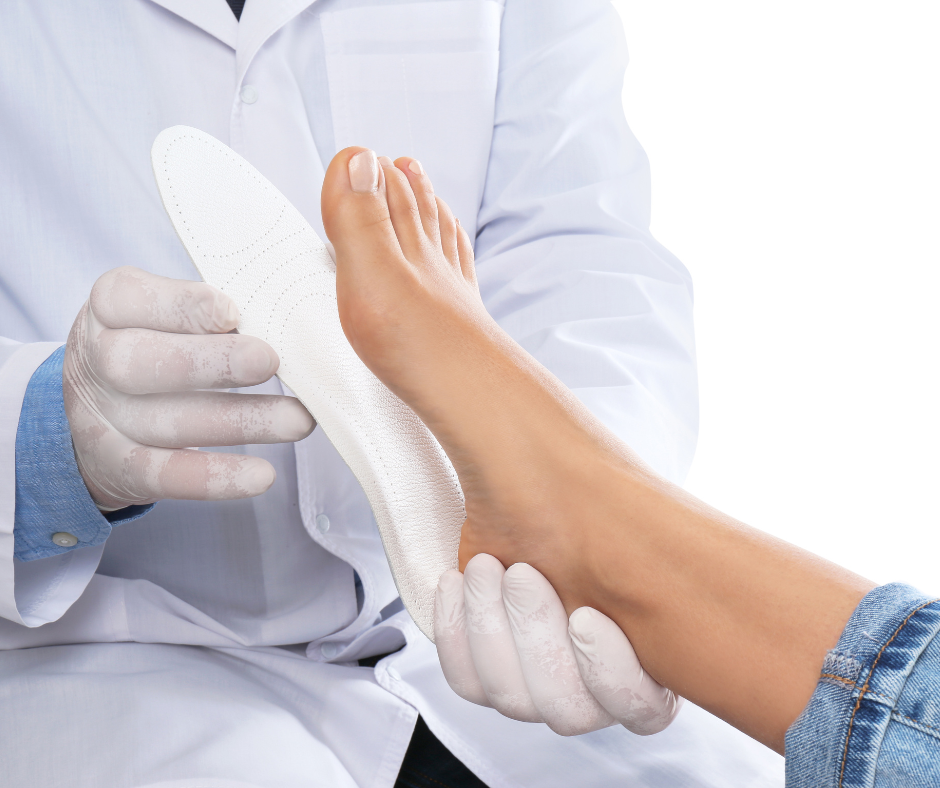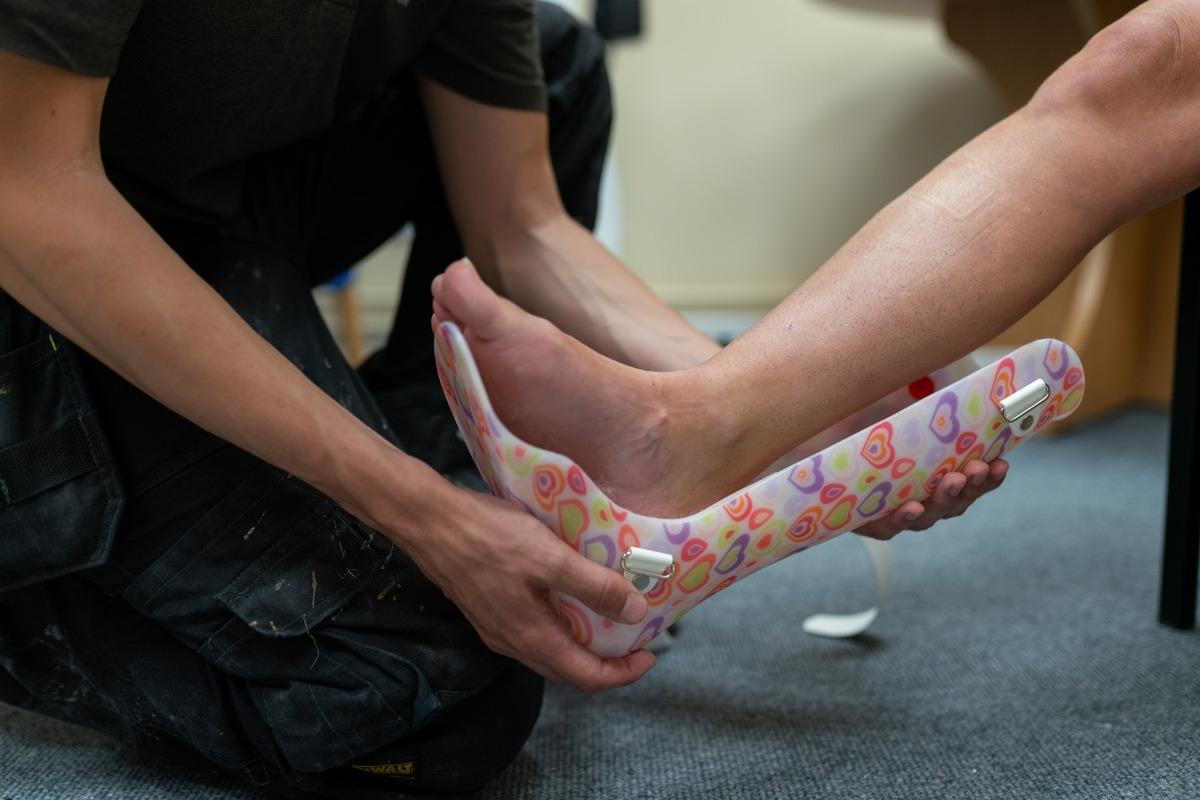Ski Boots: Analyzing Fit Specifications Superior CO
Ski Boots: Analyzing Fit Specifications Superior CO
Blog Article
Ski Boot Shopping Fit Tips Westminster CO
Choosing the best ski boot can considerably affect your snowboarding expertise, impacting both comfort and performance. Understanding the important components involved in making this choice is vital for skiers of all ranges, from newbies to seasoned experts. The right ski boot enhances control over your skis, permitting for better maneuverability on various terrains.
One of the first considerations in choosing a ski boot is the fit. Ski boots should fit snugly, but not uncomfortably tight. It’s essential to strive on various fashions and brands, as every has its personal unique shape and sizing. A good fit will minimize movement throughout the boot, reducing the possibility of blisters and guaranteeing that your vitality is transmitted efficiently to your skis.
Best Ski Boot Fitting Practices Broomfield CO
Keep in thoughts that the majority ski boots come in several widths. The length of the boot is solely one element of fit; the width will create a extra personalized experience. Boots are sometimes categorized as narrow, medium, or wide, catering to different foot shapes. Your foot shape will largely dictate which width is best fitted to you, impacting how comfy you're feeling during your skiing sessions.
Next, the flex index must be taken into account while choosing the right ski boot. Flex refers to how stiff or soft a boot is, with stiffer boots offering extra control and response. On the other hand, softer boots are extra forgiving and simpler for novices to handle. Advanced skiers may prefer stiffer fashions for optimum performance, whereas those new to the sport could discover softer choices more inexpensive and cozy.
The supposed ski style also plays a crucial role in your choice - Boot Fitting Challenges and Solutions Louisville CO. Are you planning on skiing totally on groomed trails, or do you aspire to enterprise into backcountry skiing? Freestyle skiers usually select softer boots, permitting for flexibility throughout jumps and tips. Alpine skiers may opt for stiffer fashions that promote stability and responsiveness on hard-packed snow or icy circumstances
Custom Fit Boot Liners Overview Golden CO
Another necessary facet is the boot's thermal insulation and how it keeps your feet heat during prolonged publicity to cold. Insulation supplies differ significantly, and a few boots include added technology for warmth retention. If you’re skiing in frigid conditions, choosing a boot geared up for warmth can drastically improve your enjoyment on the slopes.
When assessing the liners of the ski boot, it's clever to grasp that this element can drastically change the fit and feel of your boot. Many fashionable ski boots come with heat-moldable liners that conform to the shape of your foot over time. This customization can result in enhanced comfort and improved performance, as the liner supplies better assist on your foot and ankle.

Buckle techniques are one other element to not overlook whereas choosing ski boots. The number of buckles affects how securely the boot suits and the way simply you can take it on and off. Boots with extra buckles present a more adjustable fit and higher security. However, these with simpler techniques could also be simpler for newbies to handle. Consider which elements matter most to you based on private preference and expertise level.
Exploring Customization Options for Fit Longmont CO
Selecting the proper ski boot size may also be complicated by variations in manufacturers. Sizes can differ, so it’s advisable to refer to measurement charts particular to each model you try on. Understanding your foot's measurements can guide you towards a more fitting selection. This knowledge might help you keep away from choosing a boot that is both too large or too small, both of which might detract from your snowboarding experience.
It’s essential to verify for additional options that some boots provide, such as stroll modes or interchangeable soles. Walk modes enable for easier motion when you’re not in your skis, a great boon for many who wish to hike or transfer around the lodge. Interchangeable soles can make the boot extra versatile, allowing it to adapt to different types of snowboarding or even walking.
Try to hunt the steering of experienced retail professionals when navigating the plethora of options out there. They can present insights and recommendations based mostly in your skiing style, talent stage, and private preferences. Their expertise will help filter the appropriate boots that match your wants, guiding you through the nuances of fit and performance.
Comfort Versus Precision in Boot Fitting Frederick CO
In conclusion, the hunt for the perfect ski boot combines numerous important elements that require careful consideration. Fit, flex, type, insulation, liners, buckles, dimension variations, and extra features all play a role in your selection. Spending time to research and take a glance at different models can make a substantial distinction in each performance and luxury, ensuring a more enjoyable day on the slopes. Prioritizing these elements and looking for skilled recommendation will equip you with the mandatory instruments to make an knowledgeable alternative, leading to improved skiing experiences for years to come.
- Assess your ability level; beginner skiers sometimes need softer flex boots, whereas advanced skiers profit from stiffer choices for higher management.
- Prioritize fit over model; a well-fitting boot is essential for comfort and performance, whatever the producer.
- Consider the boot’s final width, because it influences the quantity of your foot; a narrow final enhances precision for narrow ft, whereas a large final offers comfort for broader ft.
- Pay consideration to flex index scores; every boot has a singular flex rating that matches your skiing type and physical attributes, affecting responsiveness and comfort.
- Explore custom insoles; they will significantly improve comfort and prevent issues such as blisters and chilly toes by offering higher arch help and weight distribution.
- Test boots in-store with applicable ski socks; ensure the fit is snug but not painfully tight, permitting for slight wiggle room and correct circulation.
- Look for heat-moldable liners; these could be personalized to the shape of your foot for enhanced comfort, especially if you expertise any pressure points.
- Consider the type of snowboarding you propose to do, whether it is alpine, backcountry, or freestyle, as each requires specific boot characteristics for optimal performance.
- Check for buckling techniques and options like power straps; a good closure can improve fit, cut back movement, and improve total skiing efficiency.
- Don’t neglect about liner supplies; totally different materials present various levels of warmth, moisture-wicking, and cushioning, instantly impacting your snowboarding experience.undefinedWhat dimension ski boot ought to I choose?
Choosing the best size ski boot is essential for comfort and performance. Measure your foot length in centimeters and consult a ski boot dimension chart, sometimes a half-size smaller than your regular shoe size. Always attempt boots on with the proper ski socks for an correct fit.
How do I know if the ski boot is just too tight or too loose?
Fitting Aspects Impacting Performance Louisville CO
A well-fitted ski boot ought to feel snug however not painfully tight. Your toes should just contact the entrance of the boot when standing upright. When you bend your knees forward, your toes ought to pull slightly away from the entrance. A unfastened boot can result in poor management and blisters.
What is the difference between delicate and stiff ski boots?
Comfort Versus Precision in Boot Fitting Northglenn CO
Soft ski boots supply more flexibility and comfort, making them appropriate for newbies or informal skiers - Unique Insights on Boot Fitting Loveland CO. Stiff boots present better responsiveness and management for knowledgeable skiers on challenging terrain. It's important to choose on primarily based on your skill degree and skiing type
Should I consider boot width when choosing ski boots?
Yes, boot width, also called "last," is necessary for comfort. Ski boots come in several widths—narrow, medium, and wide. Measure the width of your foot and consider each mannequin's fit to ensure comfort and cut back pressure points while snowboarding.
What type of ski boot is finest for my skiing style?
Benchmarking Ski Boot Fit Adjustments Golden CO
Consider your snowboarding style: should you plan to ride groomed trails, an all-mountain boot is right. Backcountry skiers should opt for lighter, extra flexible choices. Freestyle skiers profit from gentle boots for larger maneuverability. Match the boot type to your skiing choice for optimum performance.

How important is custom fitting for ski boots?
Creative Solutions for Boot Fitting Problems Niwot CO
Custom fitting can considerably enhance comfort and performance. Professional boot fitters can adjust your boots to your foot shape, addressing particular pressure points and making certain a greater fit. While not essential, it’s helpful, especially for these who ski regularly or have foot issues.

Is it worth spending extra on higher-end ski boots?
Higher-end ski boots often characteristic advanced supplies and technology, offering higher comfort, performance, and durability. If you ski frequently, investing in a excessive quality pair can enhance your expertise and assist you to develop higher expertise. Consider your snowboarding frequency and elegance when deciding.
Benchmarking Ski Boot Fit Adjustments Brighton CO
What features ought to I look for in a ski boot?
Look for features corresponding to heat-moldable liners for customized comfort, adjustable buckles for a greater fit, and waterproof materials to keep your toes dry. Flex rating, insulation, and weight are also important factors that ought to align with your snowboarding wants and circumstances.
Comfort Versus Precision in Boot Fitting Frederick CO
How do I maintain and store my ski boots?
Always dry your ski boots after every use to stop moisture buildup, which might lead to odors or deterioration. Store them in a cool, dry place away from direct daylight. Regularly verify the liners, buckles, and soles for wear and tear to make sure they continue to be in good situation.
why not look here continue reading this Report this page